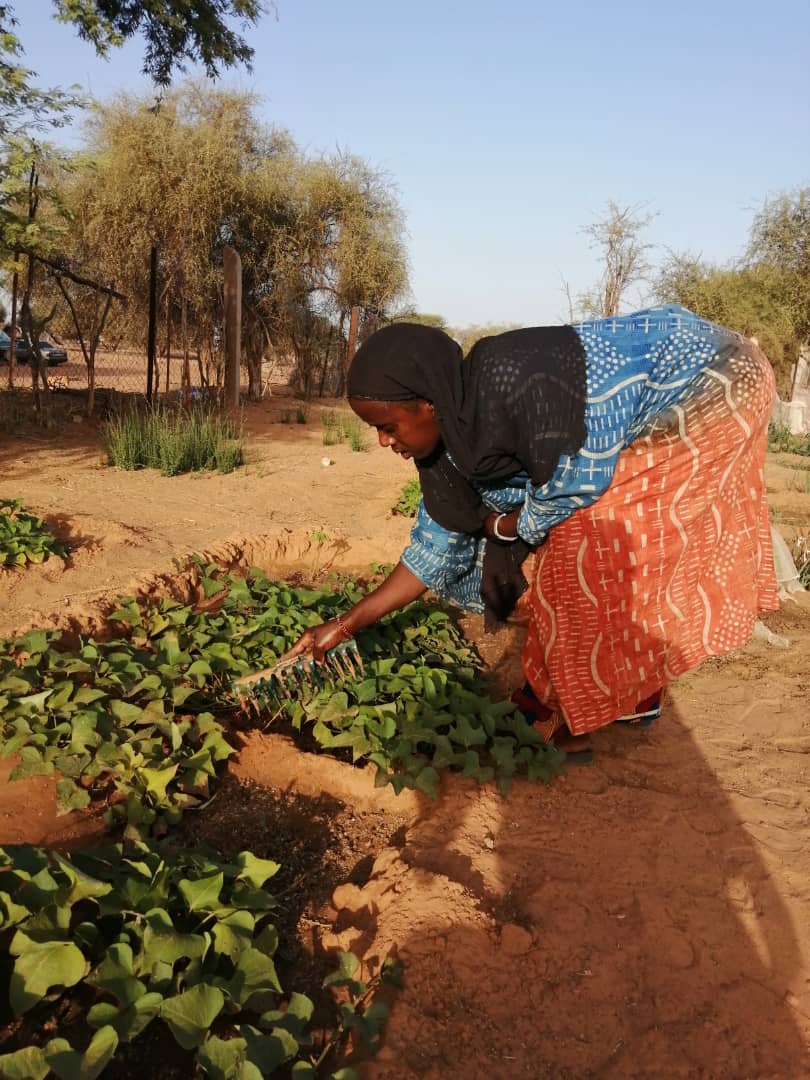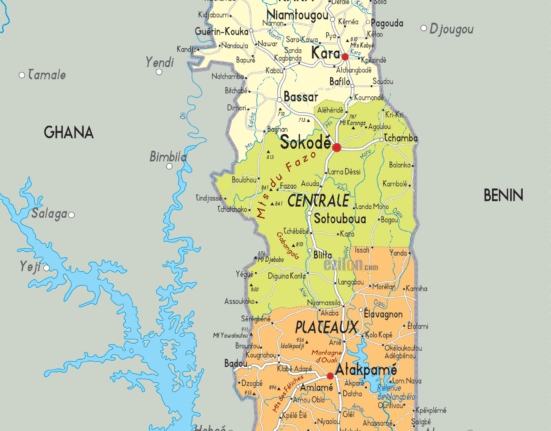A new report from the Food and Agriculture Organization of the United Nations (FAO) sheds light on the pivotal role that young people can play in shaping the future of agriculture, global economy, and climate resilience. With 1.3 billion individuals aged 15 to 24 worldwide, there is immense potential waiting to be unlocked.
According to the report titled
“The Status of Youth in Agrifood Systems,”
empowering youth in agriculture could have a profound impact on the global economy. By bridging the employment gap for young people in this sector, there is a projected increase of 1.4 percent in the global economy, translating to approximately 1.5 trillion US dollars.
“Young people are crucial agents of change for food security, economic growth, and climate resilience,”
noted the FAO report. However, it also highlighted that over 20 percent of youth globally are not engaged in any form of employment, education, or training (NEET), with young women being disproportionately affected by this trend.
The statistics paint a concerning picture – with almost a quarter of youth experiencing food insecurity today compared to just a few years ago. Particularly alarming is the rise from 16.7 percent to 24.4 percent between 2014-16 and 2021-23, significantly affecting African youth.
Climate shocks further compound these challenges as an estimated 395 million rural youth reside in regions expected to witness declines in agricultural productivity due to extreme weather events—especially impacting traditional agrifood systems and sub-Saharan Africa.
The report identifies key areas where action is urgently needed to empower young people within agrifood systems:
“Today’s youth are tomorrow’s producers, processors, service providers, and consumers,”
emphasized experts analyzing the FAO findings. These young individuals face multifaceted obstacles such as increasing food demands spurred by population growth and environmental pressures like climate change and water scarcity.
Taking a closer look at demographics reveals that while more than half of youths live in urban areas—particularly Eastern Asia—rural youths constitute only five percent of populations within industrial agrifood systems. This stark contrast signals potential labor shortages unless efforts are made to make agricultural careers more appealing.
To address these challenges head-on and tap into opportunities awaiting exploration:
“Inquire more
“: There’s an urgent need for improved knowledge gathering about youth engagement within agrifood systems.
“
Include more
“: Diverse voices must be amplified through policy-making processes involving young individuals.
“
Invest more”: Targeted investments can expand economic prospects for youths while empowering them towards sustainable practices.
Implementing these strategies calls for expanded economic avenues, modernized approaches within agriculture, enhanced resource accessibility for youths both on-farm and off-farm activities—all aimed at fostering their growth and development.
In conclusion: The journey towards harnessing youthful energy for agricultural transformation involves strategic planning focusing on knowledge enhancement, inclusive decision-making processes incorporating diverse perspectives from youths worldwide—and substantial investments geared towards propelling economic empowerment among this vital demographic group.









Leave feedback about this